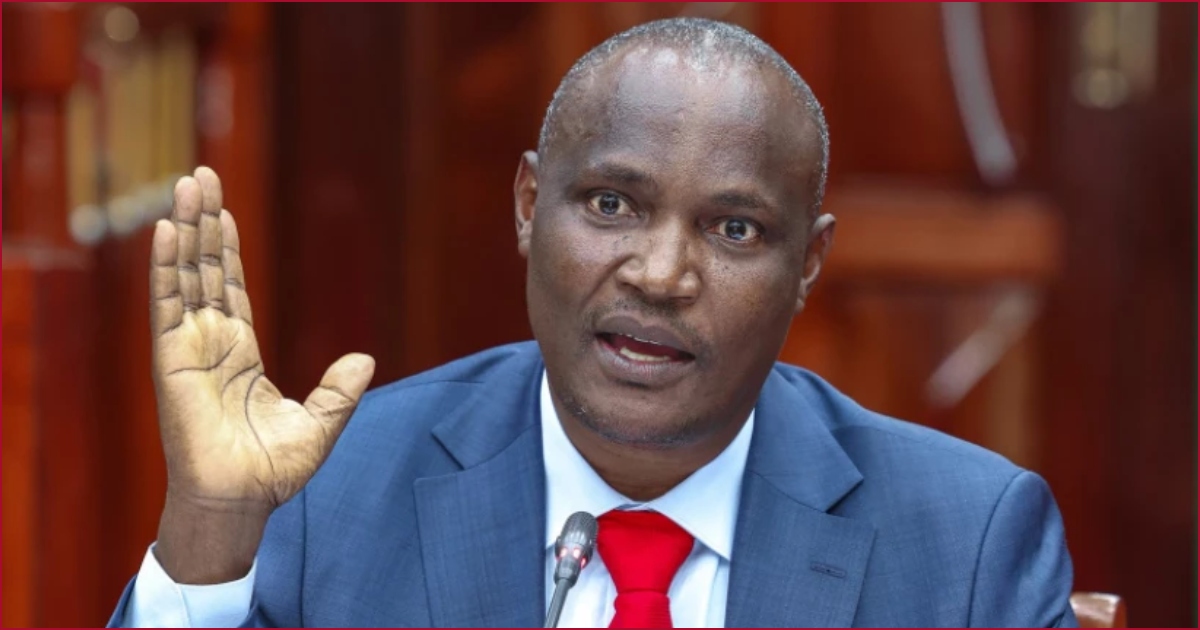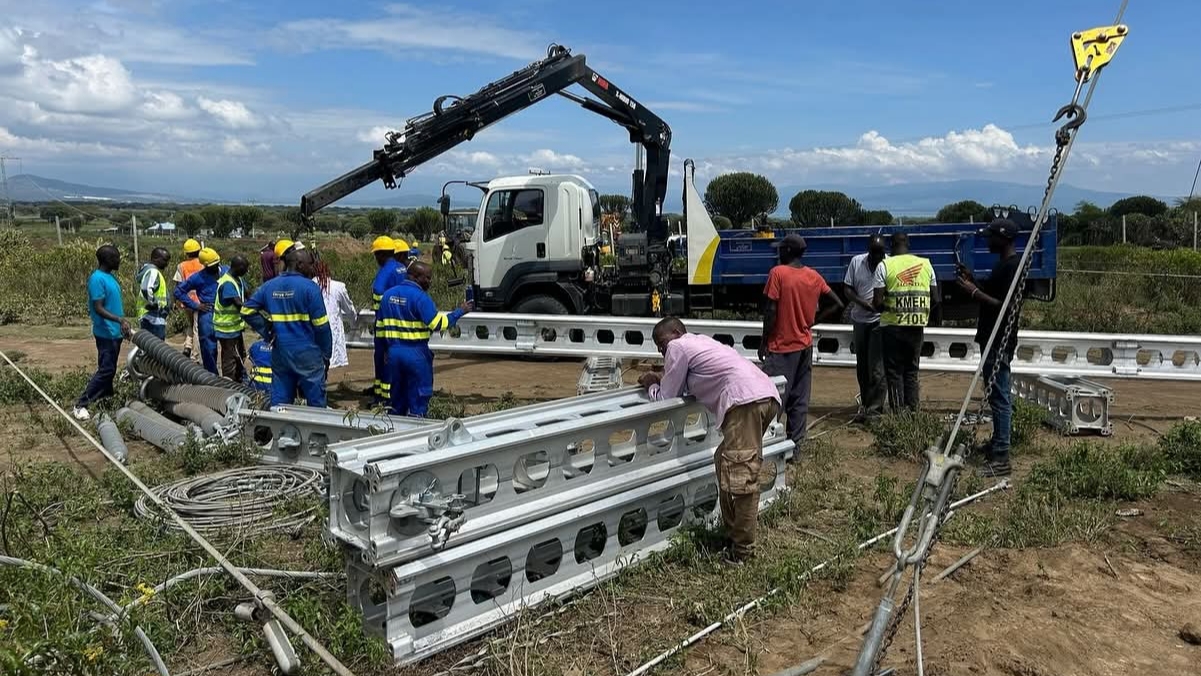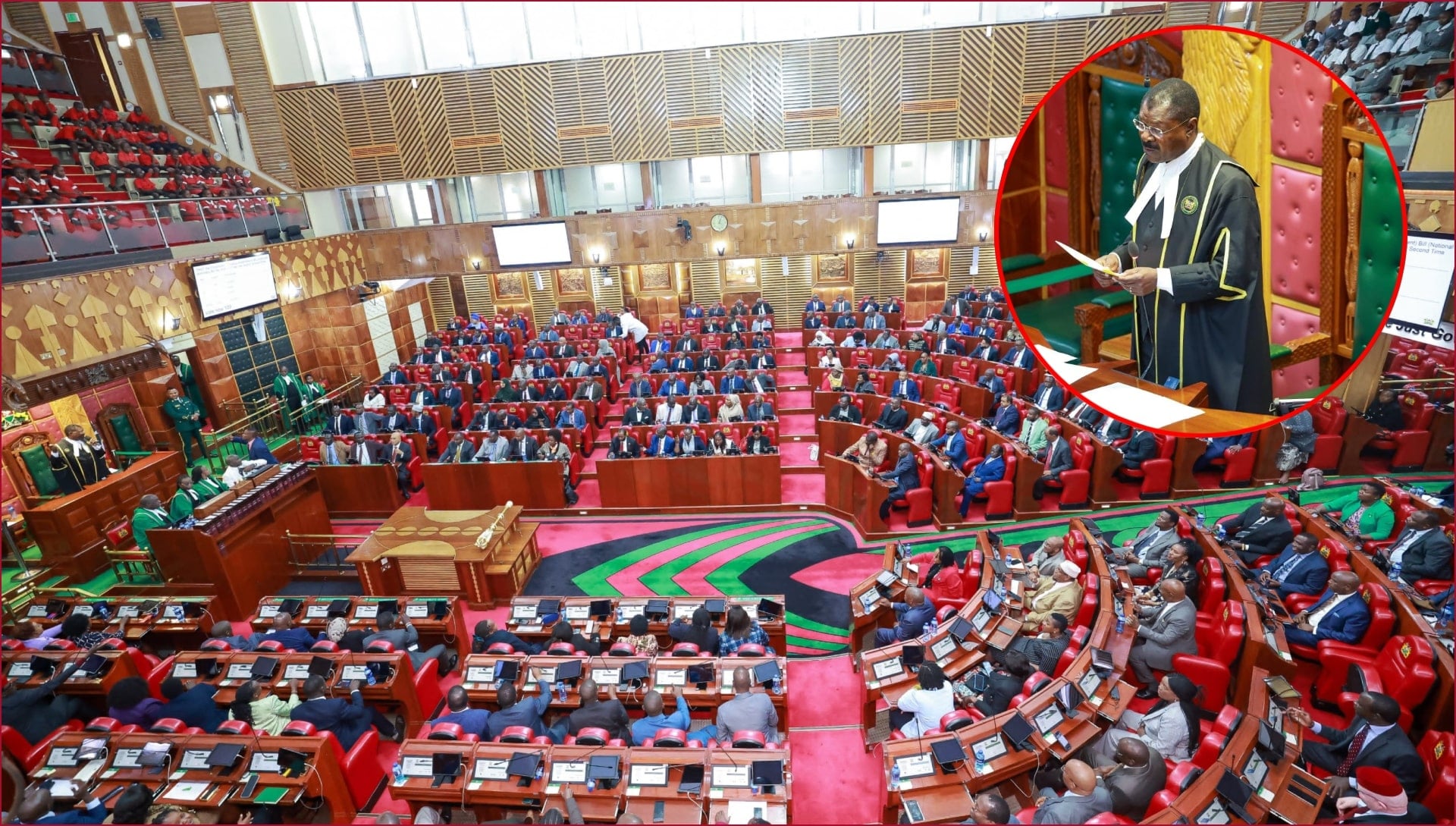A section of Kenyan parents will now be forced to pay for their children's national examination fees starting next year.
National Treasury Cabinet Secretary John Mbadi said the budget for the 2025/26 fiscal year will not accommodate the examination fees entirely.
The CS said the subsidy would be retained for learners from poor households.
Mbadi appreciated the disparity in income levels for Kenyans, noting that the waiver was being enjoyed even by learners from rich backgrounds.
He said a criterion would be devised to determine which learner qualifies for the examination fees waiver.
Read More

The CS said the move is aimed at cutting costs and freeing more revenue to critical areas of the economy as the government strives to shun loans.
"We have to review the costs in the sense that we must ask ourselves, why should we pay examination fees for all students? You see, in 2026, Kenya is projected to have approximately 3 million students sitting for their national examinations, around 1.2 million anticipated to sit for KIPSEA, and over 960,000 for KCSE. If your child is learning in a private school where you pay KSh 300,000, KSh 1 million in a year, honestly, can't you pay KSh 5,000 for the examination fee for that child? Why should you force, make Kenyans, taxpayers, some of whom can barely eke a living, to pay an examination fee for your child?" Mbadi posed.
Mbadi said this year's examinations have already been taken care of, as they were budgeted for in the ending financial year.
The waiver was introduced in 2015 by former president Uhuru Kenyatta's administration, and was only entitled to learners in public schools, until 2017 when it was extended to private schools.
With the move, the government expects to recoup money that would have been expended on the examinations.
President William Ruto's administration has lately been implementing measures of austerity, seeking to raise revenue far from lenders.
On May 16, the Cabinet resolved to merge and dissolve various state corporations in a bid to cut funding.
A total of 42 agencies were merged into 20, and 16 others dissolved, and their roles reverted to their parent ministries.







